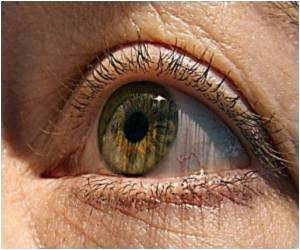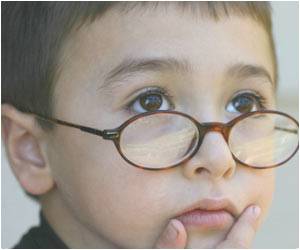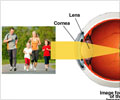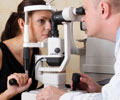Kids who grow up with normal vision are slightly farsighted when they are in first grade; therefore, the potential for myopia can be detected at this young age.
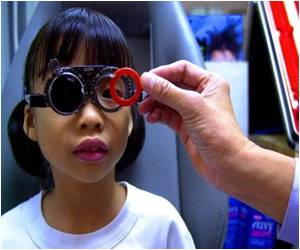
The study involved 4,512 children between first and eighth grades. When they were between the ages of 6 and 11 years, children with normal vision were evaluated at this range of baseline ages and at least two additional annual visits. Over the course of the study, 414 kids became nearsighted between second and eighth grades.
Statistical analysis, however, showed that the refractive error at baseline was the best predictor in children at a young age that they would develop myopia by their teen years.
In people with normal vision, the eyeball grows along with the rest of the body and is programmed to stop growing at a point that sustains clear vision and in people with myopia, the typically spherical eyeball becomes elongated, resembling the shape of a grape or an olive.
According to the study, kids who will grow up with normal vision are actually slightly farsighted when they are in first grade and, therefore, the potential for future myopia can be detected at this young age via a refractive error measure that reveals little to no farsightedness.
Zadnik added that as people become aware of a test for their first-grader that would help predict whether their child will need glasses for nearsightedness, myopic parents who want to have this information about their kids could lead to rapid adoption of this test.
Advertisement
Source-ANI

